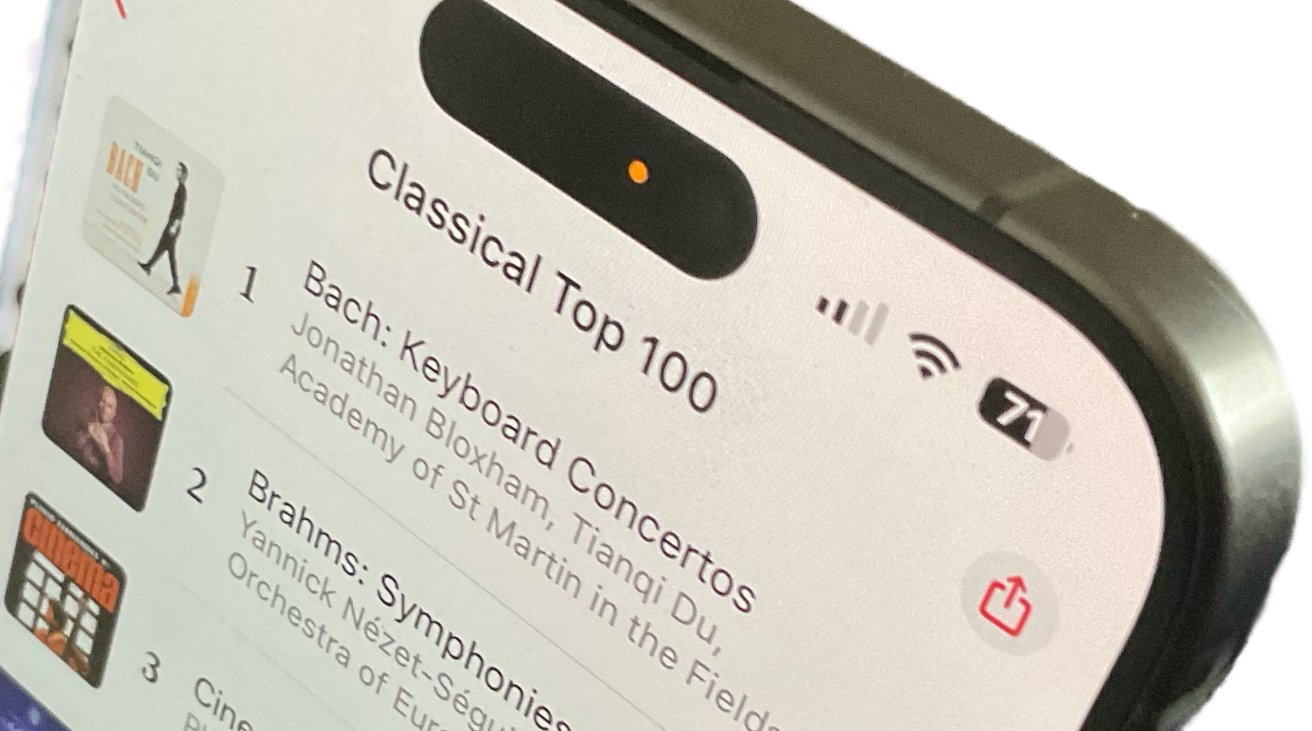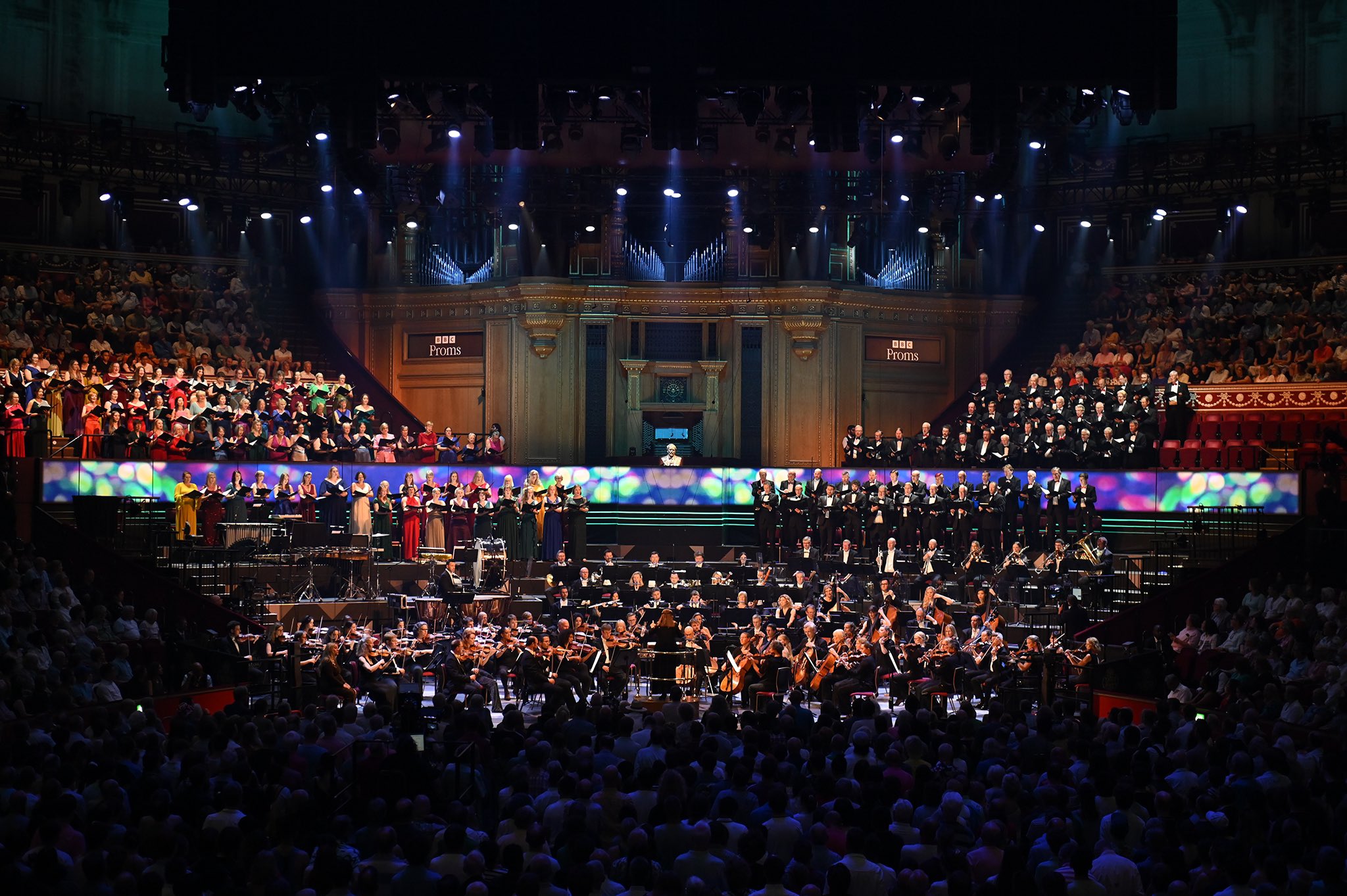The Amadeus Chamber Orchestra of Polish Radio with their conductor Anna Duczmal-Mróz are a modest but proud bunch with a fierce attention to detail. They play a joint programme with the London Mozart Players in concerts this coming weekend in London and Edinburgh.
Their concert on Sunday 17 November in Poznan was an interesting highlight of my year. Efficient front of house procedures at AMU Concert Hall in Poznan, and generous uncluttered open spaces for audience members both inside and outside the auditorium, combined with a simple programme of four Bach keyboard concertos with ever more increasing numbers of pianos, made this concert fly by. These elements – distractions eliminated – increased attentive listening.

Dimitry Shishkin’s performance of BWV 1056 appeared sedate initially though retained a sense of elegance to it in the opening movement. The fortissimos combined with romantic textures from the strings sometimes made the first movement feel a little leaden.
The generous acoustic – billowy in rich textures, favouring detail in more pared-back orchestrations – did sometimes demand a faster pace to help keep moving things along.
An appreciation that the acoustic was an additional ‘performer’ in the mix really became apparent in BWV 1062 for two keyboards featuring Paweł Wakarecy and Lukas Geniušas.
With more piano in the mix, the balance was made right, the acoustic supporting the interplay between the two instruments and amplifying the antiphonal effects written into the two solo lines.
Though there were moments when it felt like ensemble and soloists were slightly running ahead during the second movement, there was tenderness and delicacy that rooted us in the approach taken for the concerto.
The challenge then for all on stage given the efficiency of the event and the works programme became ever more obvious as each successive concerto added another keyboard to the platform: orchestral players and soloists getting accustomed to an ever more expansive sound world as the concert went on.
By the third concerto – BWV 1064 – the balance was assured allowing space for joyous cascades across all three instruments in the first and third movements, with a thought-provoking darker more contemplative second movement sandwiched in between.
The question: are the three keyboards separate solo lines in their own right, or is the combination of the three one entire solo line? I’m still not entirely clear. Perhaps it doesn’t really matter.

The most striking change came about in the final concerto – BWV 1065. Three of the four soloists shifted position to a different keyboard, bringing about greater clarity, a more resounding demonstration of ensemble especially with the delicate endings to phrases, and the final movement a joyous cavalcade of textures. Considerable industry abounded, the strings creating a pleasing cushion of sound.



